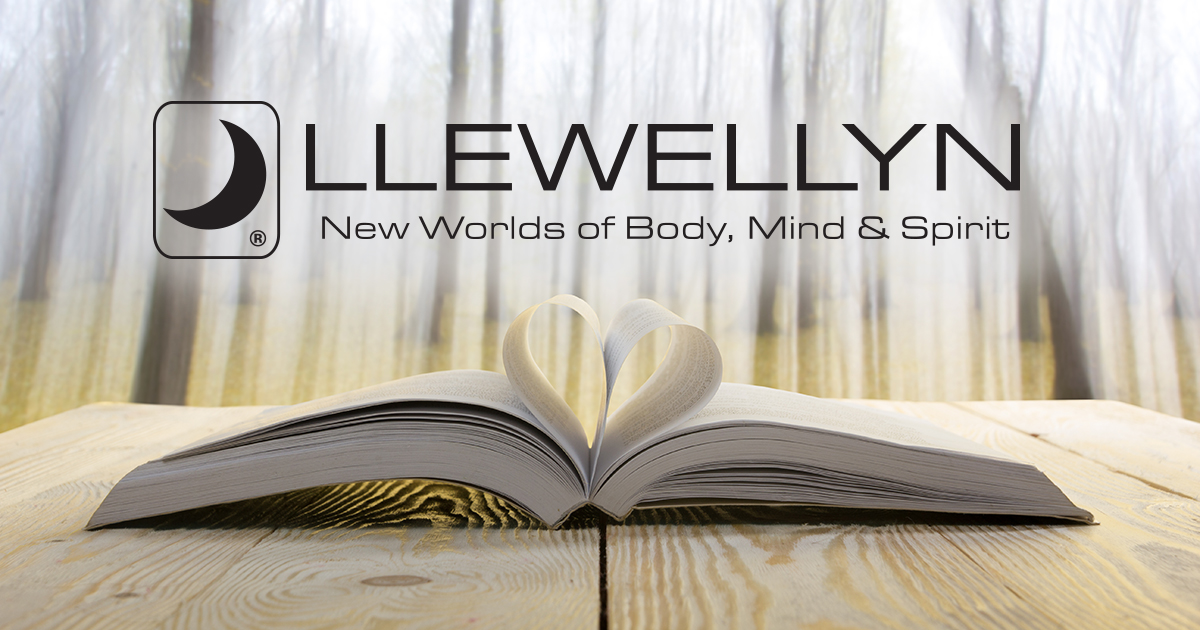





 Trauma is an elusive foe. It hides in the body, making it tricky to recognize—mainly because it often is not what people think it is. Many believe trauma results only from major events like a fire, a terrible accident, or a natural disaster. However, the truth is that trauma happens when the body perceives a threat or senses danger—whether real or imagined. Everyone has experienced these sensations at some point. The panic might hit when you realize you may have left the stove on or the sinking feeling from a hard-to-read email at work. These moments leave a trace. Each time your body encounters a perceived danger, it stores that experience as a marker of harm and builds a protective response for the future. The body then reacts to anything resembling past harm, even subtly. Hebb's axiom (Hebb, 1949) tells us that "cells that fire together wire together." Researchers have noted that such cells also "survive together" (Post et al., 1998). This information means that the elements of an experience—sights, sounds, emotions—link to form a neural network that encodes the memory. The whole system can react when even one part of that network is triggered by a present-day event. This process is what we often call "remembering." Dr. Bessel van der Kolk's well-read book The Body Keeps the Score describes what happens with trauma. It truly is miraculous how our bodies care for us. They care so well that trauma can start to feel like part of our personality. But here's the good news: we can identify and heal from past harms. We can move trauma out of our bodies and create space for peace and wholeness. As an author, trauma practitioner, life coach, and assistant professor in higher education, I have done this work myself. I've walked the path of healing from my trauma, and I share what I've learned in my book, The Truth About Trauma. Healing trauma requires a roadmap—a guide to restoration and resilience. That's what The Truth About Trauma offers. It is a companion for those seeking to understand their pain, release what no longer serves them, and build a peaceful life. For a long time, I believed that how I reacted to words, actions, events, or proximity was just "who I was." I was wrong. I wasn't responding as myself—I was reacting to the trauma that had taken root in my body. But those experiences don't have to define us. The harm may be in the body, but you can be free. Three Levels of Healing Pay attention to body sensations and sudden changes in behavior or feelings. When the body experiences too much too soon, it could respond differently. When your body gives you information, listen. A sensation could be a sudden change in feelings like irritation, fear, pain, dread, or reactive behaviors. Many times, we ignore our body and its sensations. First Tip Level 2 is paying attention to our mind patterns. Our thoughts are important and influence the body. What thoughts are going through your mind? Many times, we take our thoughts for truth. Our thoughts can be a manifestation of past harmful experiences. Second Tip Level 3 contains reflective tools for positive reconnection to the body, mind, and Spirit. Level 3 builds on the previous levels to pave the way for peaceful living. Third Tip The Truth About Trauma is a book about a healing journey based on my experience and the use of all the tools in the book, and supports the personal exploration of health. Start your own healing journey with your copy today. Reference: |
Lisa Collins, EdD, (Portland, OR) is an author, teacher, assistant professor, Strategies for Trauma Awareness Resilience (STAR) trauma practitioner, racial healing leader, life coach, and medium. Her acclaimed TEDx Talk, ...